Temple SquareWhen you visit Salt Lake City, you'll find that Temple Square is the center of the city and everything is a grid out from it. This idea began with the Mormon church founder Joseph Smith and Brigham Young instituted it here in Salt Lake. You may also notice when you visit that the streets are very wide. This was by design. Brigham Young wanted streets wide enough so you could turn a ox team and cart around. Unfortunately, the blocks remained large rather than get divided up as was intended. The streets remained large too as everything was designed for cars as Salt Lake grew, but we’re trying to fix that and make the city more walkable. Temple Square Temple Square is much more than a religious icon. It's a collage of fascinating history, singular architecture, and gourmet dining. Temple Square in Salt Lake City is Utah's most popular tourist destination. The Salt Lake Temple is a worldwide icon of The Church of Jesus Christ of Latter-day Saints and the heart of Temple Square. The massive granite edifice was constructed in a neo-gothic style over the course of a 40-year period between 1853 and 1893. They originally used Utah sandstone for the foundation, which was buried when troops were sent out to Utah during tensions in the 1850s. When they uncovered it, they saw the sandstone had cracked, so they replaced a lot of it with granite. The Mormon temple is reserved for special ceremonies, sacraments, and rituals for members of the Mormon church, so only they are allowed in. But since it is being renovated now, anyone will be allowed to tour it before it begins to be used again when the renovations are complete Salt Lake Tabernacle Home of the world-famous Mormon Tabernacle Choir, the Tabernacle, located just north of the Assembly Hall, is an architectural and acoustic wonder. The famous organ at the front of the Tabernacle contains 11,623 pipes, making it one of the largest and richest-sounding organs in the world, and the building was constructed so that even the drop of a pin at the front of the building can be heard throughout the building. The Tabernacle is usually open daily for tours. In addition, the public is welcome to attend choir rehearsals on Thursday evenings and the Music and the Spoken Word broadcasts on Sunday mornings at 9:30 am. Assembly Hall Construction began in 1877 and completed in 1882. It was used as a church and gathering place for members of the Mormon church. Now it is a place for free concerts Conference Center This building contains a 21,000-seat auditorium and an 850-seat theater. It also houses an array of artworks that tell about scripture stories, Church teachings and organization, etc. Free, guided tours of the Conference Center are available daily from 9:00 a.m. to 8:00 p.m, and tours of the beautiful rooftop gardens are available April through October. Between Memorial Day and Labor Day, and during the month of December. Hotel Utah It was once the premier hotel in Utah. As Utah grew, people knew they needed a nice hotel for everyone coming into the city, especially with all the new wealth. It opened in 1911 and hosted most major Utah events for the following 76 years. It originally had a bar and served alcohol, but the hotel closed in 1987 and reopened as an event center and restaurant owned by the Mormon church as the Joseph Smith Memorial Building. And you definitely can’t get a drink there now. But it does have some great views and a great restaurant at the top as well as banquet halls for parties and events. It is currently closed for renovation as well. Beehive House The Beehive House was built in 1854 as the primary residence of Brigham Young as the first territorial governor of Utah and President of the Church of Jesus Christ of Latter-day Saints. It was primarily a residential home, but was also used to entertain guests and dignitaries, including President Ulysses S. Grant, William T. Sherman, Ralph Waldo Emerson, and Mark Twain. Lion House The Lion house was also a family home of Brigham Young. Brigham Young was married to 56 women, but only 27 were part of his households, and he only had children with 16 of his wives, which ranged between the ages of 15 and 69 when he married them. He had either 56 or 57 children depending on the source, which is roughly an average of 3.5 children per wife, which was below the average at the time. Arena and Gateway
Theatre and Salt Palace
Main Street / Whiskey Street
0 Comments
Downtown FavoritesPretty Bird Hot Chicken - Right behind on Regent Street is Pretty Bird Hot Chicken, an amazing chicken sandwich shop. It is a local restaurant and will be the best chicken sandwich you’ll ever have. Red Rock Brewery - Great brew pub and restaurant. In a cool, old building, it has a great atmosphere, good food, and good drinks. Hotel Monaco and Bambara - The building was constructed in 1923 and was originally a bank. It was converted to Hotel Monaco in 1999. Bambara is a favorite downtown spot with a great atmosphere for lunch, dinner, or a nightcap. Market Street Grill - Great local seafood and steak restaurant Takashi - One of the best sushi restaurants in the valley Squatters Pub - Utah has a 100 year history of strict alcohol laws as you may be aware of, but as some of those started to loosen in the 1980s, brew pubs began to open. One of the first was Squatters. Good Cobb Salad and onion rings. Christopher’s Prime + Sonoma - A locally sourced grill and bar. Great selection of steak and seafood. Apollo Burger or Crown Burger - Both Utah originals. Grab a pastrami burger and don't forget the fry sauce. Pago - Great local restaurant with locally sourced food. Has a downtown location and another one a little further away. Whiskey Street - Fun bar for drinks and apps. Right on main street, so easy to walk to. Other Local FavoritesSawadee - One of my favorite Thai restaurants in Salt Lake
Red Iguana - The best Mexican food in Utah in my opinion. You'll need to drive to get to the restaurant (either one or two), but it is worth it. If you can't drive out there, they have put a Taste of Red Iguana in City Creek, so you can try it there as well. The Copper Onion - Nice dinner restaurant that is a little outside of downtown. Also does brunches on the weekend. Feels nice but comfortable. Capitol Hill
Mining, Railroads, and Growth
Early Utah History
|
AuthorMy personal musings on a variety of topics. Categories
All
Archives
January 2023
|
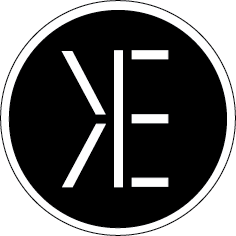
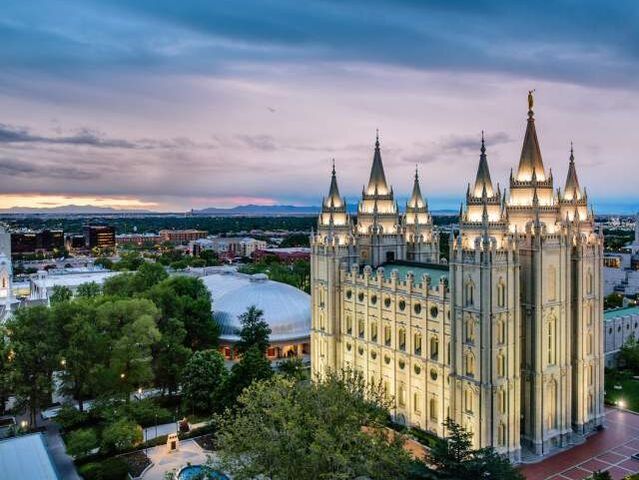
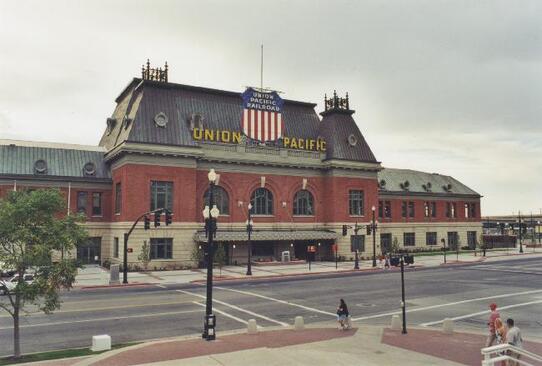
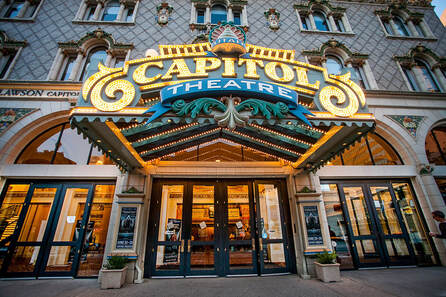
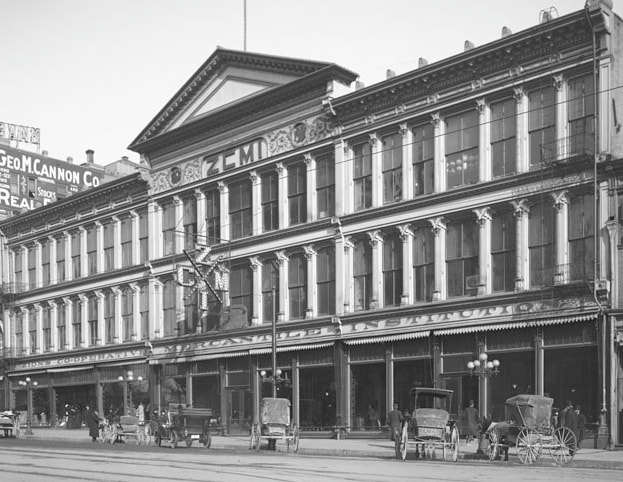
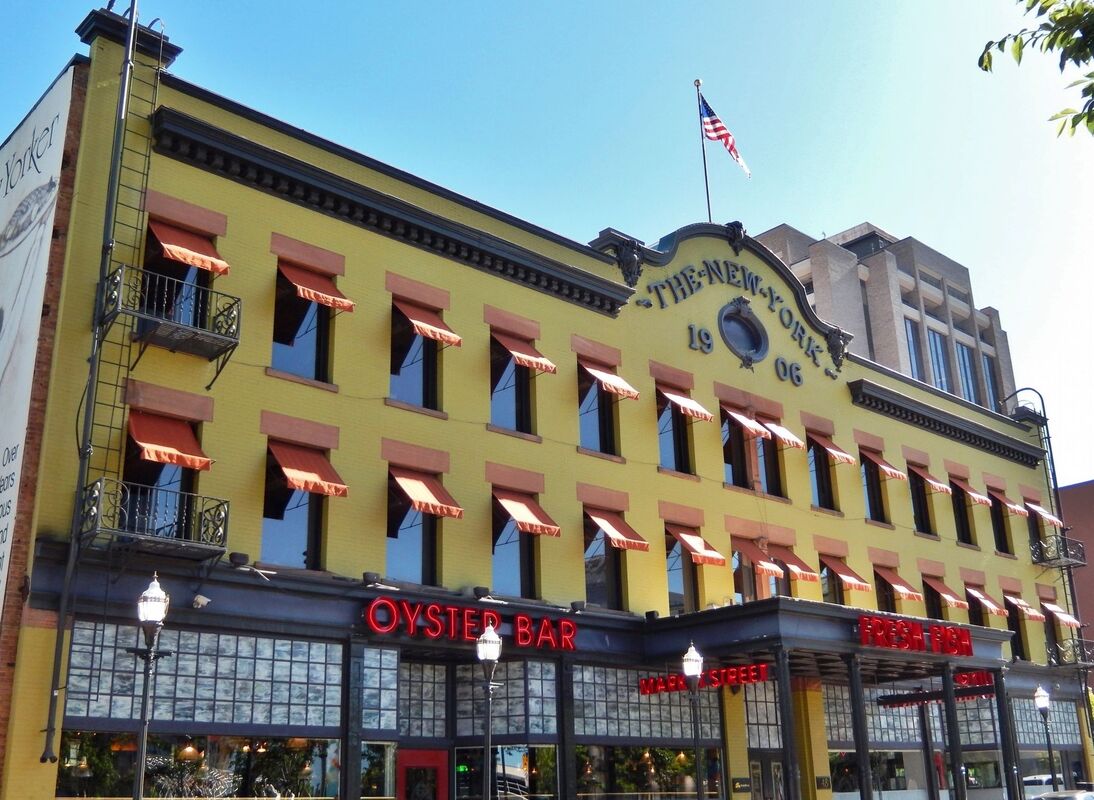
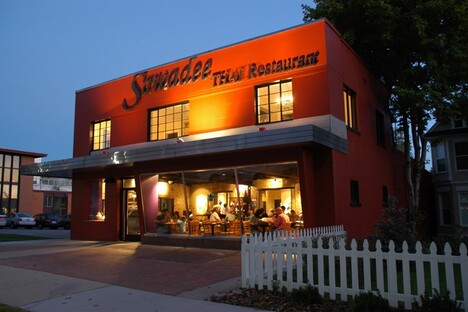
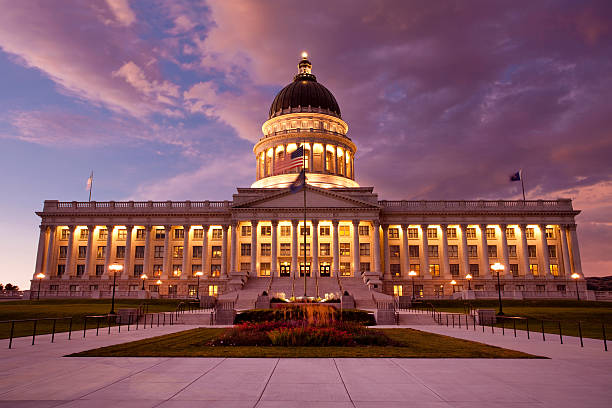
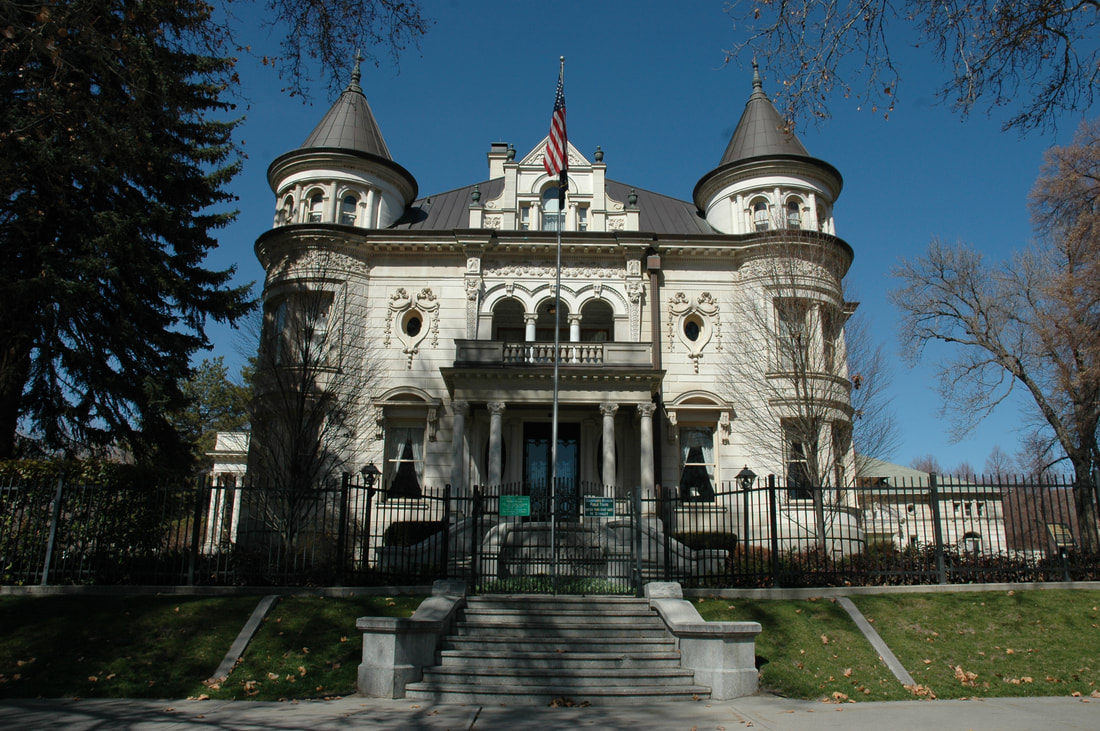
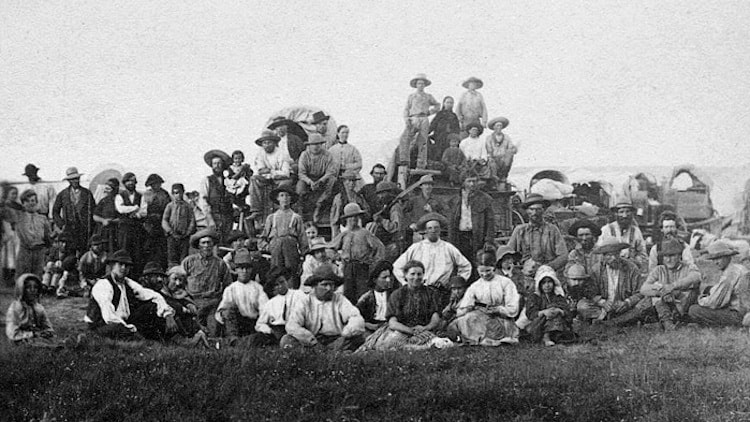
 RSS Feed
RSS Feed
